A New Take on Contact Center Workload
Much of the discussion around contact center workload revolves around agents. In-call workload. Post-call workload. Maintenance workload. Training workload. Etc., etc. While its all well and good to discuss and assess agent workload for the benefit of improving contact center services, you’re missing the bigger (and more important) picture. How’s the caller’s workload?
Like it or not, callers into your contact center are presented with various types of workload. Taking a sample interaction as an example, we can see the different workloads in action:
4 Reasons to Use Speech Self-Service in Your Help Desk
| Action | Workload Notes | |
|---|---|---|
| 1 | Caller Chooses service line to dial | Caller may need to query websites, google search, bills, business cards, or more to find the right number |
| 2 | Caller dials into service line | Caller may encounter hold times, or slow and unresponsive auto attendant menus and push-button IVRs |
| 3a. | Caller interacts with live agent | Caller has to first state request to agent, and may have dialed into the wrong service line, and may have to repeat request to multiple agents |
| 3b. | Caller interacts with auto attendant or IVR | Caller may endure menus, instructions, or push button IVRs, and may not be able to reach the appropriate resource, high potential for caller opt-out or selecting the first option and connecting to an incorrect resource |
Keep in mind that the above scenario only covers the initial call connection, greeting, and request. Yet, workload for the caller is already mounting.
Speech Self-Service to the Rescue
Luckily, there is a simple solution that helps mitigate not only caller workload, but workload for agents, managers, and IT resources as well. Today’s natural language speech self-service solutions offer a cost-effective and caller-friendly means of solving various workload challenges
Let’s take a look at that sample interaction again—this time with the benefits of speech self-service in place:
| Action | Workload Notes | |
|---|---|---|
| 1 | Caller Chooses service line to dial | Caller can dial any access number for the entire enterprise, and still reach the appropriate agent or resource in seconds |
| 2 | Caller dials into service line | Caller receives an immediate greeting and request “How can I help you?”, never gets put on hold, and never has to deal with slow and unresponsive auto attendant menus or push button IVRs |
| 3a. | Caller interacts with live agent | Caller gets connected to the correct agent or skill on the first try, and never has to get transferred or repeat themselves to multiple agents |
| 3b. | Caller interacts speech self-service solution | Caller quickly and interacts using their own words without any annoying menus, instructions, or buttons to press. They just speak their need and go about their business. Opt-outs and abandoned calls plummet. |
As you can see, speech self-service solutions remove much of the workload presented to the caller in the first scenario, creating a better customer experience.
Download the white paper below to learn:
•The importance of excellent caller experiences at the switchboard•
•The impact of switchboard operators across the continuum of care
•Key challenges operators face on a daily basis
•Solutions to relieve workload and allow operators to truly shine




